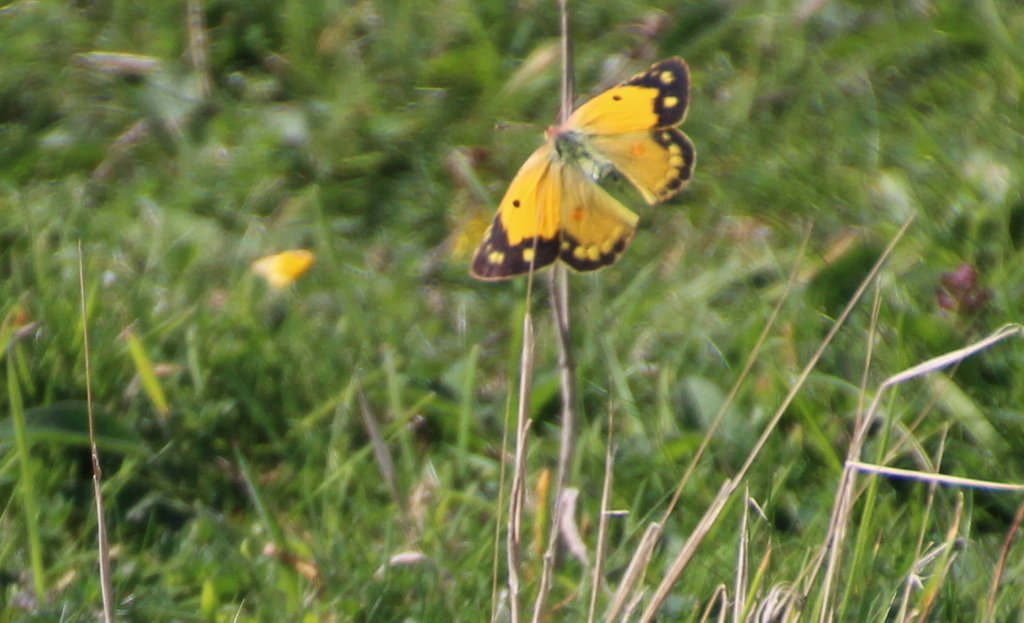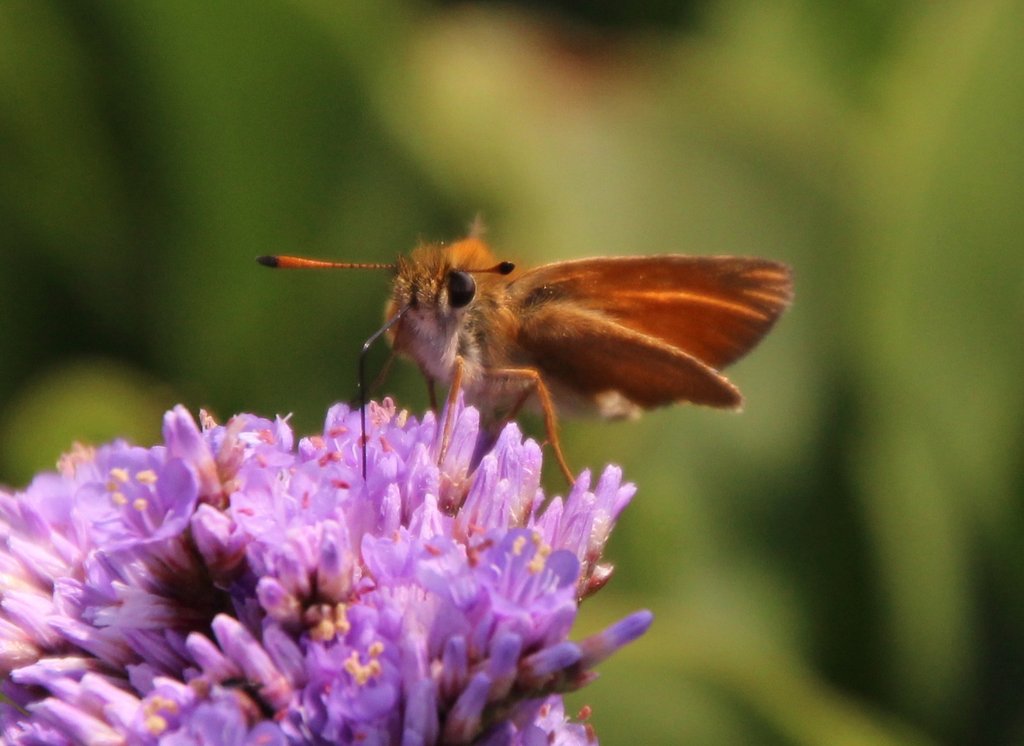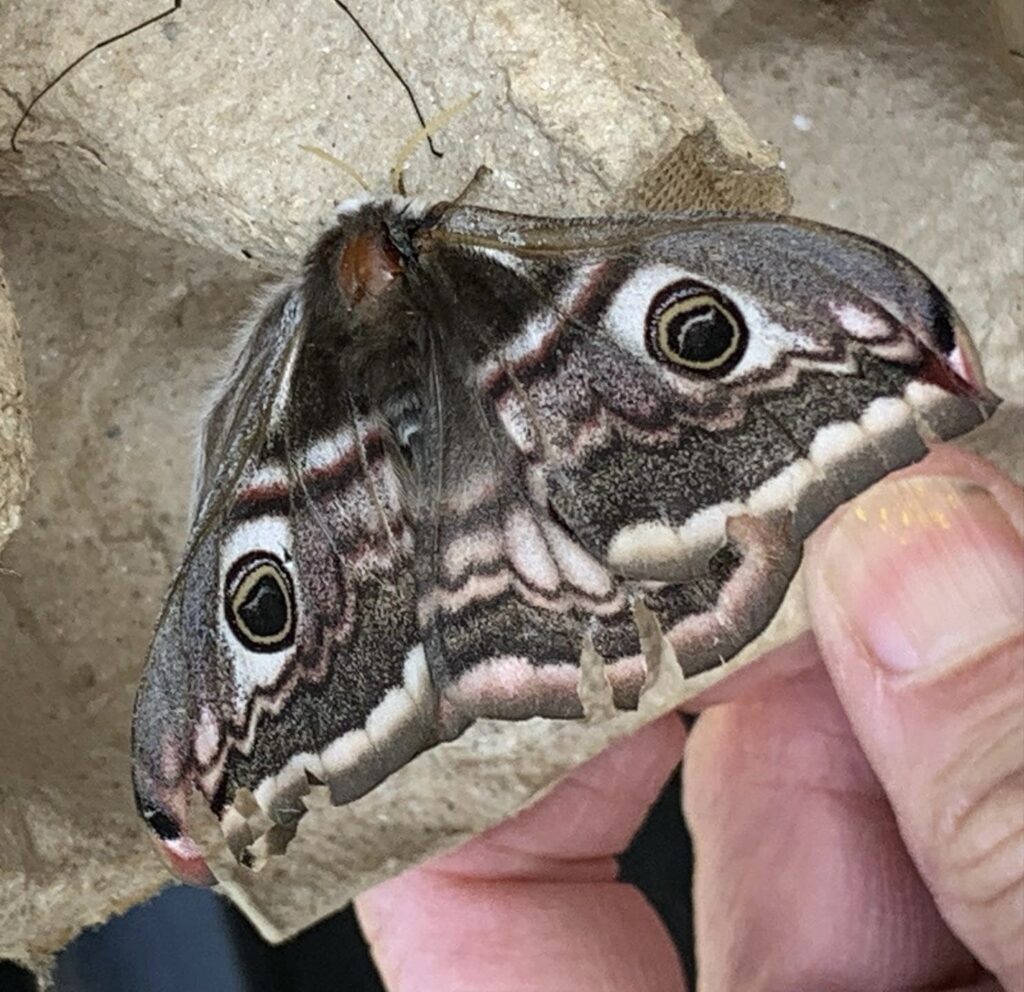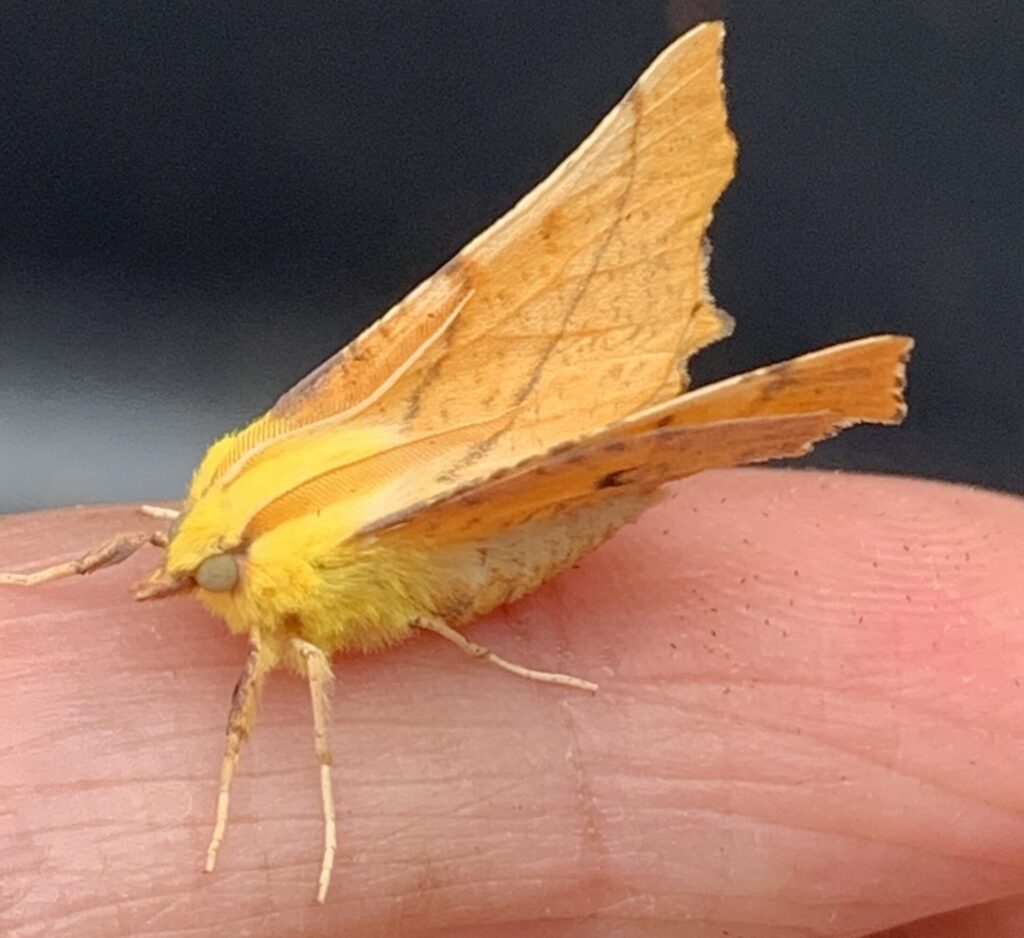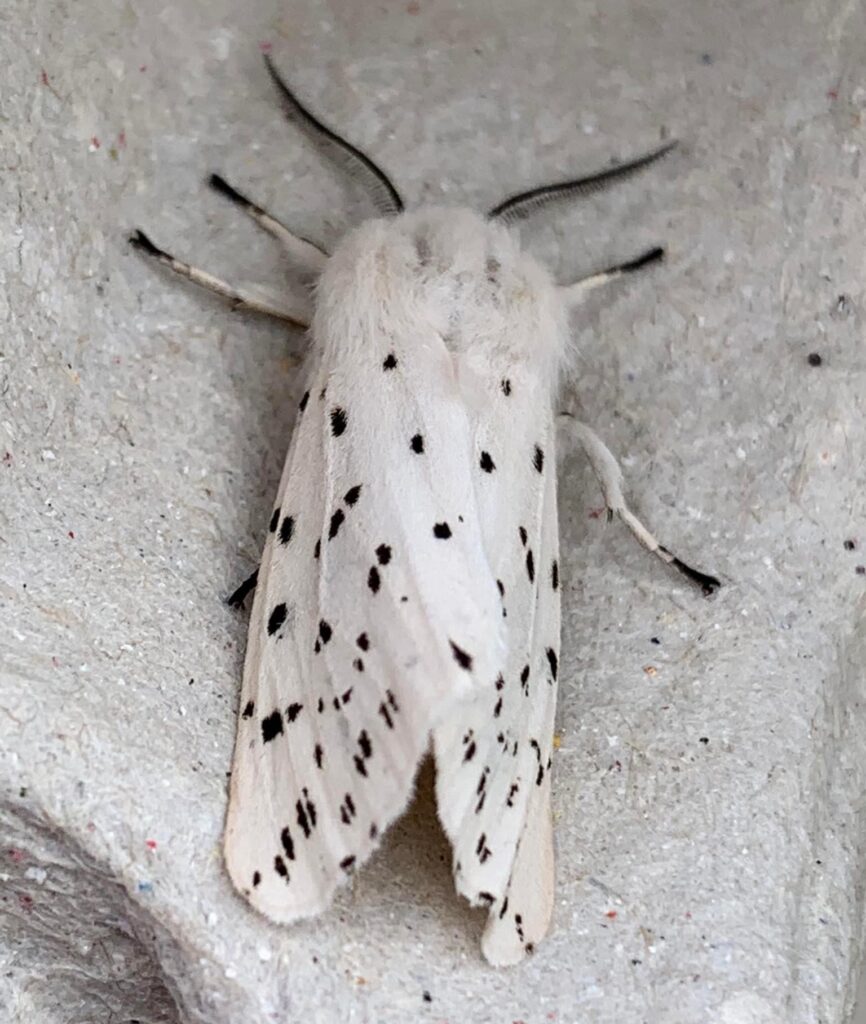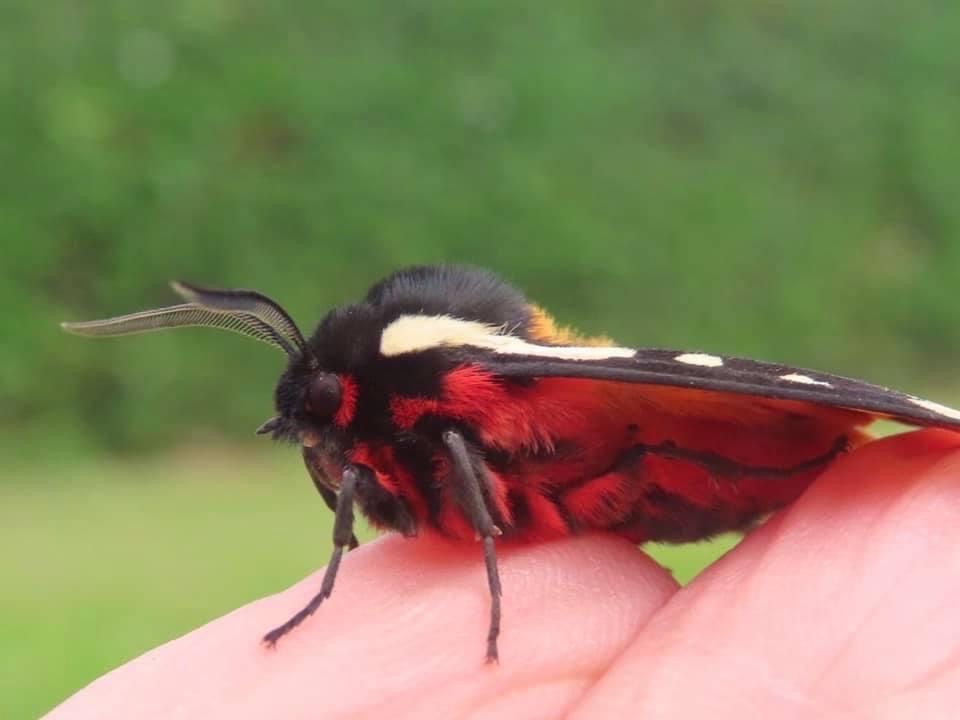Butterflies..
..are some of our most familiar and beautiful pollinators. Some appear regularly to delight us in our parks and gardens.
Others flourish in more specialist locations such as on the chalk slopes of the South Downs, or at the top of trees.
There are around 52 species of butterfly seen regularly in Sussex, with 43 of these living out their entire life cycle within the county. Many are straightforward to identify, although others need closer examination – including this skipper which can be identified from colour of the underside of the antennae tips! This is only really possibly by trapping the butterfly temporarily or taking very detailed photographs.
Check out the Butterfly conservation or Sussex Butterflies website for more information. If looking for a particular species its best to learn about the favoured habitat, preferred feeding and mating locations and larval foodplants, in order to track it down.
In Seaford there are some excellent habitats for butterflies.
The town is one of the best places to see white letter hairstreak butterflies, which rely on elm trees. Although many elms have been lost to Dutch Elm Disease, Trees for Seaford oversaw the planting of new disease resistant elms in the town over the last few years and the colony is hanging on. Find out more about here
The town also has chalk cliffs, woodland and meadows where you can
spot butterflies. Some even migrate over the channel, and can be seen on
our cliffs, such as this Clouded yellow. Several clouded yellows were
spotted in late September in the Salts recreation ground by On the Verge during a plant survey!
One of the best places to see butterflies is at the Last Wood and meadow near Alfriston road. This Greenhavens blog gives a great introduction to the site.
Moths
Although often overlooked and misunderstood, there are also a huge number of fascinating moths in the county and in the town. As most are night flying, they can be difficult to spot, but it’s possible to use a moth trap to lure moths so they can be examined and identified. They are then released afterwards.
Seaford Natural History Society and Greenhavens, both have moth traps that they lend out to members. You can find out more about moths found on a recent moth safari by SNHS here.
You can find out more about moths here.
Search here for news about butterflies and moths
We are looking for an editor for the “Butterflies and moths” theme page and content. Please get in touch if you are interested
